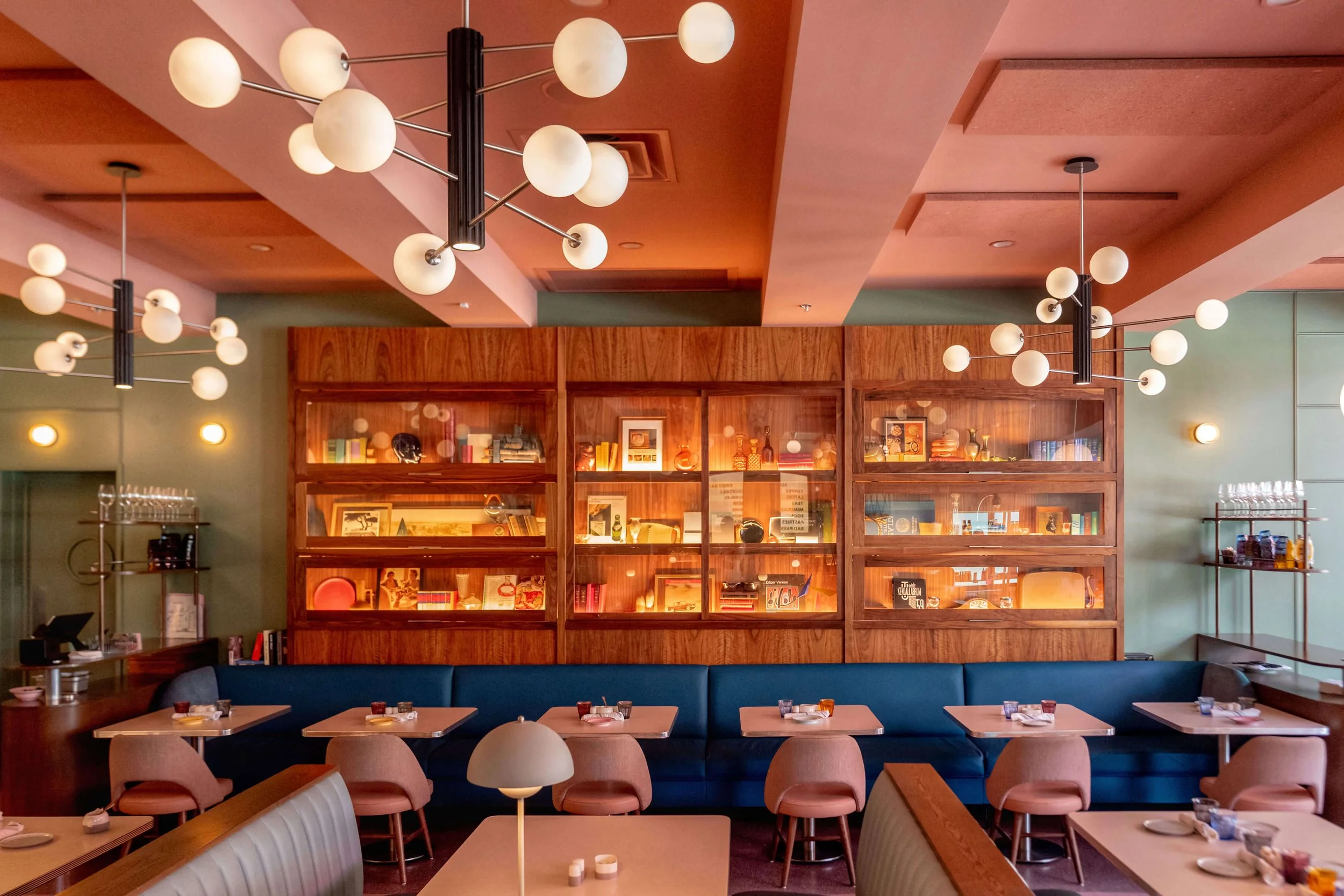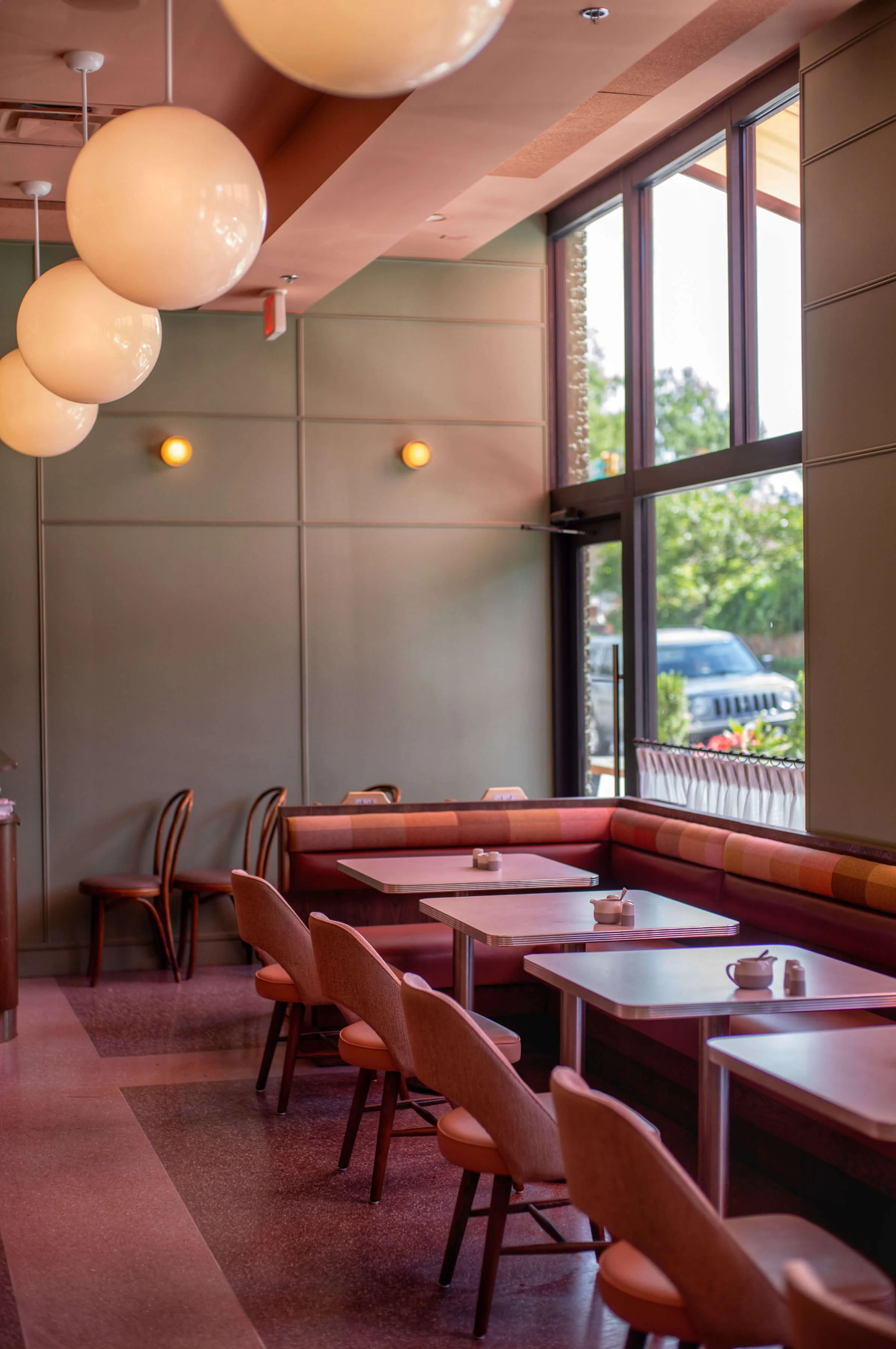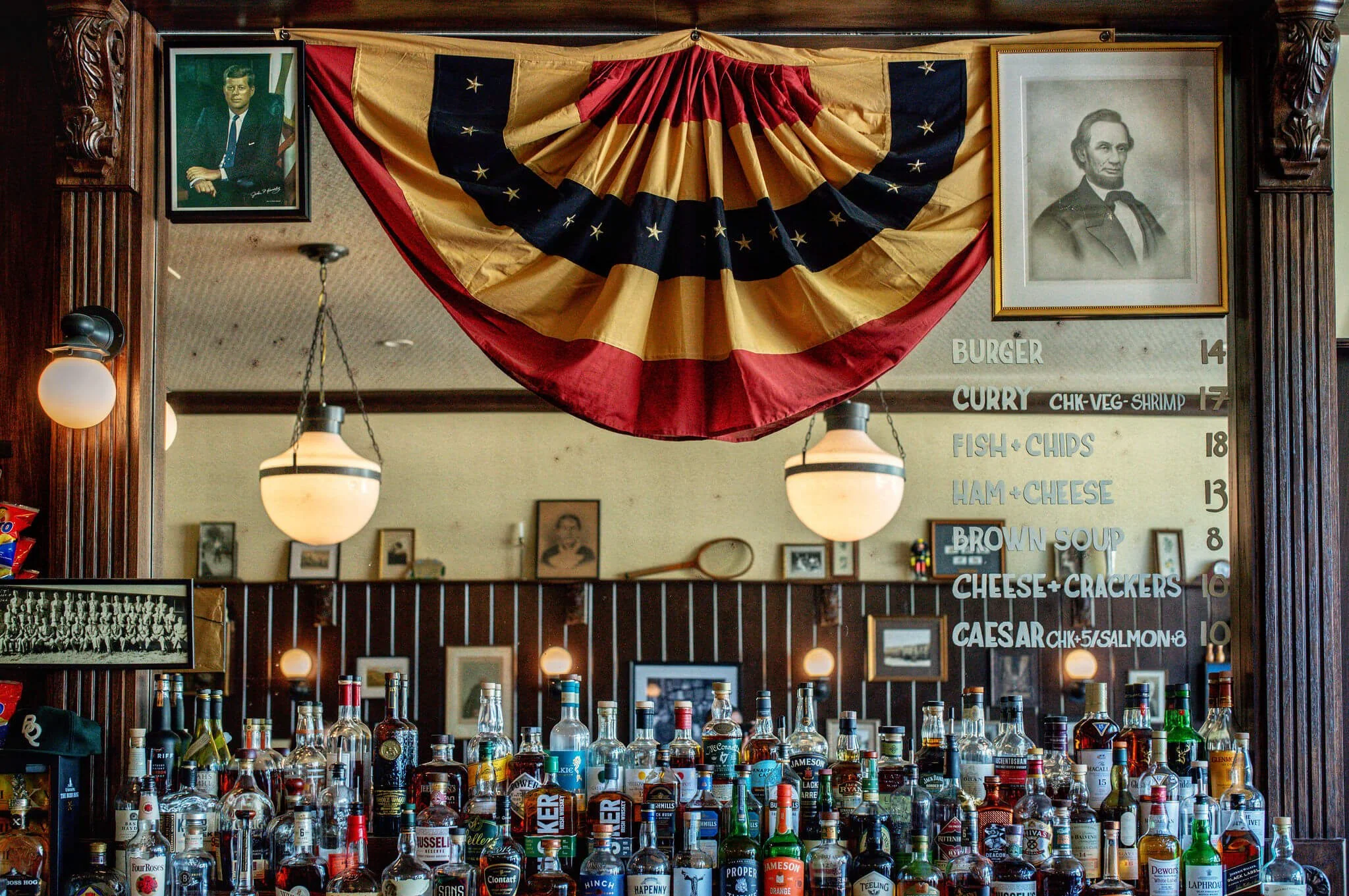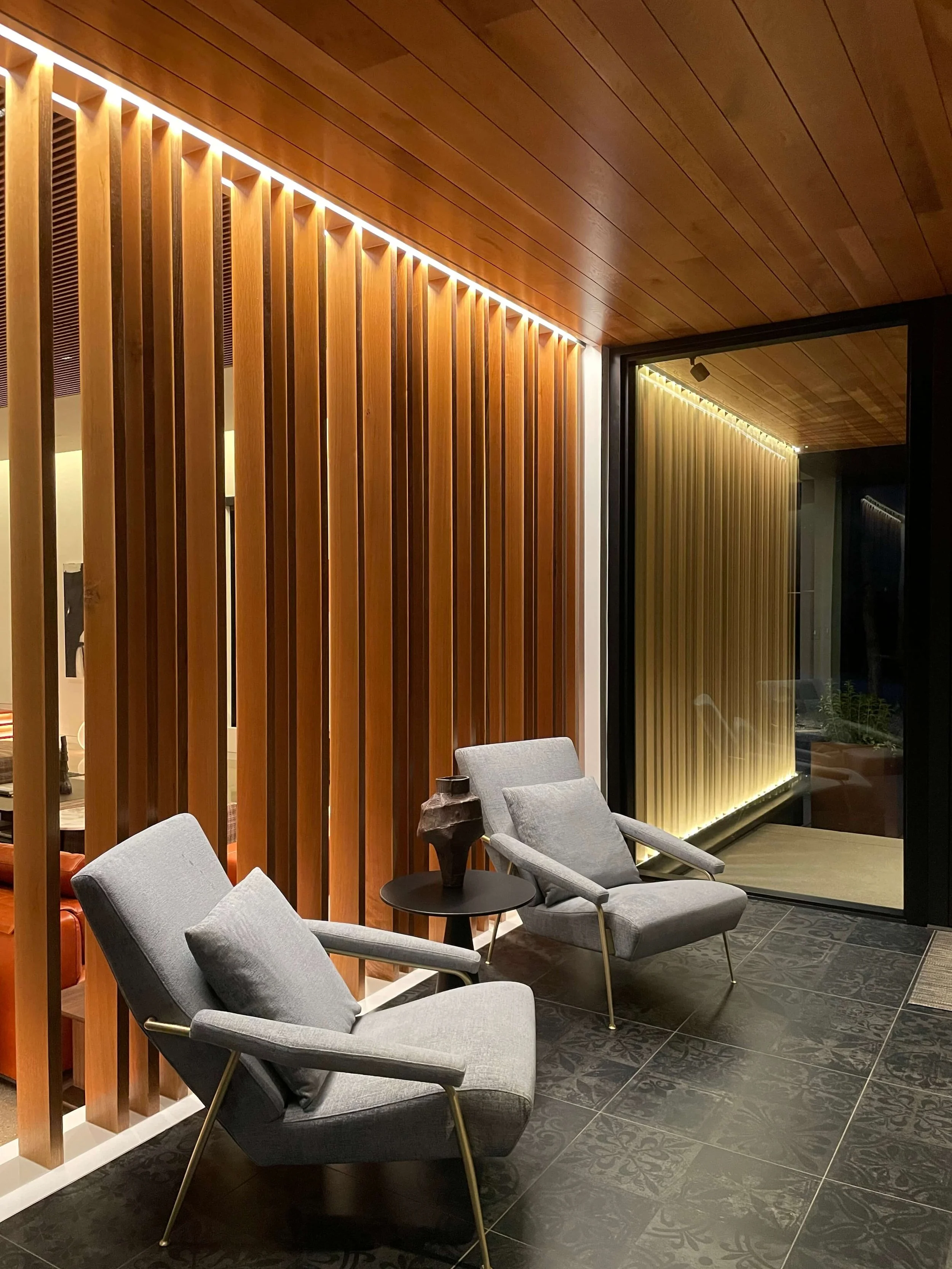The Impact of Intentional Lighting on Commercial Interior Design
A discussion with Addie Smith of Studio Adelia
"Light touches everything."
As a commercial real estate professional, I aim to serve my clients with in-depth knowledge and a commitment to their long-term success. The transaction is just the beginning of their journey, and I strive to provide them with resources and insights that will help them maximize the potential of their space.
Maple Ridge Grocer in Tulsa, OK | Lighting Design by Addie Smith (while with AE Design) | Interior Design by Maximalist XD | Photo by Marcus Lloyd Photography
An often overlooked element in commercial interior design is lighting. The right lighting strategy can transform a space, enhance its functionality, and even contribute to the success of a business.
To explore this topic further, I sat down with Addie Smith, Architectural Lighting Designer and Founder at Studio Adelia in Denver, CO. Smith shared her expertise on how intentional lighting design influences commercial interiors, impacts sustainability and budget considerations, and ultimately supports business success.
Addie Smith's Journey into Lighting Design
Addie Smith, Architectural Lighting Designer and Founder at Studio Adelia in Denver, CO
Originally from Fort Wayne, Indiana, Smith discovered her passion for art at a young age. After attending the Savannah College of Art and Design (SCAD) for Interior Design, she interned at Minneapolis-based architecture firm HGA within their lighting studio, where she fell in love with the transformative power of light.
She has since dedicated her career to helping people with lighting design, spending her formative years working at notable lighting firms in NYC and Chicago, and the past seven years at Denver-based AE Design before founding her architectural lighting practice in 2024.
The Role of Lighting in Commercial Design
Smith emphasizes that lighting influences everything in a space. She explains:
"If everything in the room is inexpensive, good lighting can make it look high-end. If everything is expensive, bad lighting can make it look cheap."
Lighting plays a structural role in interior design, making it an investment rather than an afterthought. While lighting can be costly upfront due to its integration with electrical infrastructure, the right design significantly enhances a space's ambiance, functionality, perceived quality, and value.
Maple Ridge Grocer in Tulsa, OK |Lighting Design by Addie Smith (while with AE Design) | Interior Design by Maximalist XD | Photo by Marcus Lloyd Photography
Hospitality and Commercial Lighting Strategies
A well-executed lighting plan balances aesthetics with functionality. Smith works extensively in high-end hospitality, including restaurants, bars, hotels, and food halls, where lighting must be inviting and practical.
Key considerations include:
Warm and Dimmable Lighting: Dynamic warm-dimming color temperature and adjustable light levels allow spaces to transition from day to night seamlessly. Automated pre-set lighting scenes ensure consistency in brand experience and minimize staff involvement.
Layered Lighting: Decorative lighting alone is insufficient for functional illumination. Combining focused architectural lighting (e.g., track lighting, pin spots, and linear task and accent lighting) balances the ambient lighting, creating a comfortable and visually appealing space.
Glare Reduction: Thoughtful fixture selection and discrete placement prevent harsh lighting that negatively impacts guests' comfort and experience.
The Long-Term Impact of Quality Lighting
A well-designed lighting system contributes to the longevity and adaptability of a commercial space. High-quality, flexible lighting reduces renovation costs, as it can often be repurposed when a space is rebranded or reconfigured. Investing in a robust lighting control system also ensures compliance with evolving energy codes, frequently requiring daylight dimming and occupancy sensors, and enhances operational efficiency.
From a real estate perspective, understanding the value of existing lighting infrastructure is crucial when assessing properties. When evaluating a commercial space, I now consider whether the lighting and lighting controls are up-to-date, well-maintained, and easily adaptable—factors that can significantly impact renovation costs and resale value.
Bishop Quigley Neighborhood Pub in Tulsa, OK | Lighting Design by Addie Smith (while with AE Design) | Interior Design by Maximalist XD | Photo by Marcus Lloyd Photography
When to Involve a Lighting Designer
Lighting designers like Smith should be involved early in the project development phase to ensure alignment with the overall vision and budget. Unfortunately, lighting is often a last-minute addition rather than an integral part of the design process, which can lead to costly redesigns or ineffective lighting solutions.
Ideally, a lighting designer collaborates with architects, interior designers, and developers from the beginning, providing insights on:
Pricing and budget allocation
Design strategy and guidance on the overall visual experience
Code compliance and sustainability considerations
Integration of functional and decorative lighting elements
Budget Considerations and Industry Trends
Lighting budgets vary widely depending on project scope and quality expectations. Smith estimates that architectural fixture material costs typically range from $6 to $8 per square foot for lower-end commercial projects and $12 to $18 per square foot for high-end hospitality spaces. Installation costs are often double the fixture budget.
Key cost drivers include:
Brand reputation and longevity/reliability of a fixture’s electrical components and lifespan of integrated technologies
Quality of fixture design, including glare and flicker mitigation, dimming capabilities, and color consistency, as well as emerging sustainability factors like responsible manufacturing and sourcing
Maintenance, durability, and long-term serviceability of light fixtures
Small, discrete form factor and aesthetics
Sustainability is another critical factor in today's lighting design. As high-end residential trends influence hospitality spaces, there is a growing demand for warm, inviting environments with energy-efficient solutions. Lighting designers are crucial in ensuring that decorative and architectural lighting choices align with energy codes and long-term usability, as well as aligning with the client’s values around sustainability. Also, lower quality fixtures are often not maintainable and thrown away at the end of life. Investing in quality fixtures with field-replaceable parts ensures fewer fixtures end up at the dump.
Let There Be Light
Intentional lighting design is an essential yet frequently underestimated component of commercial interior design. Whether enhancing the ambiance of a hospitality venue or optimizing a retail space, the right lighting strategy significantly impacts a business's success.
As a real estate professional, I now recognize the value of assessing lighting quality when advising clients on property acquisitions, renovations, and business operations. Working with industry experts like Addie Smith ensures that spaces are visually appealing but also functional, sustainable, and financially viable in the long run.
By prioritizing lighting design early in the planning process, business owners can create spaces that feel as good as they look, ensuring a lasting impact on their customers and bottom line.





